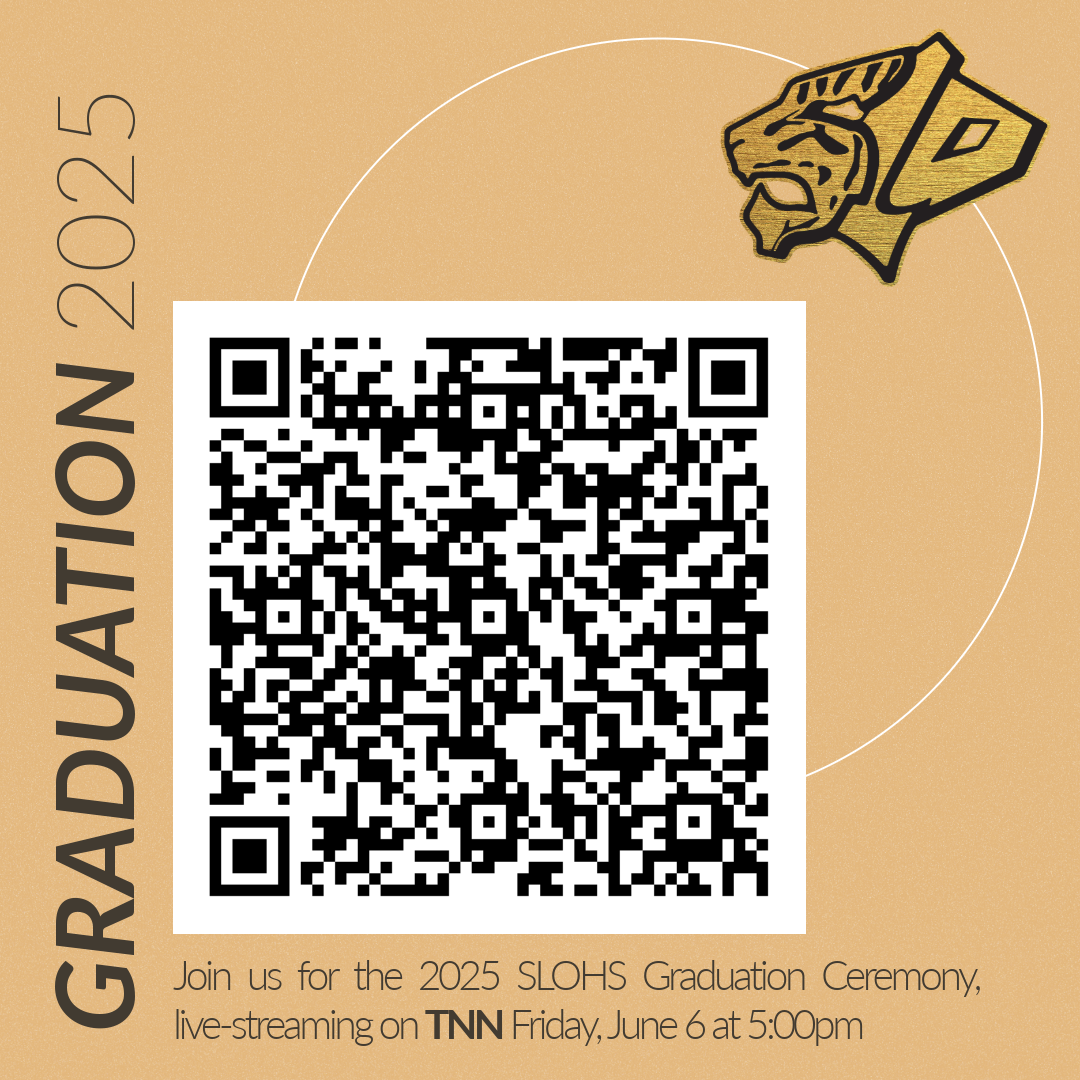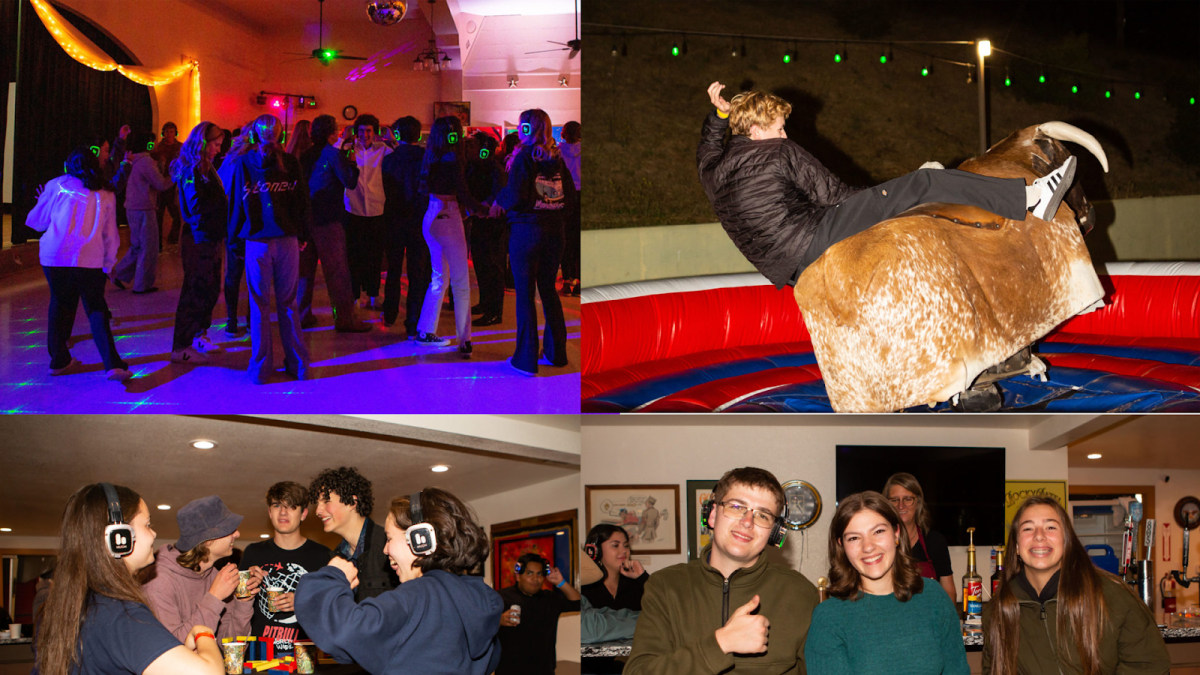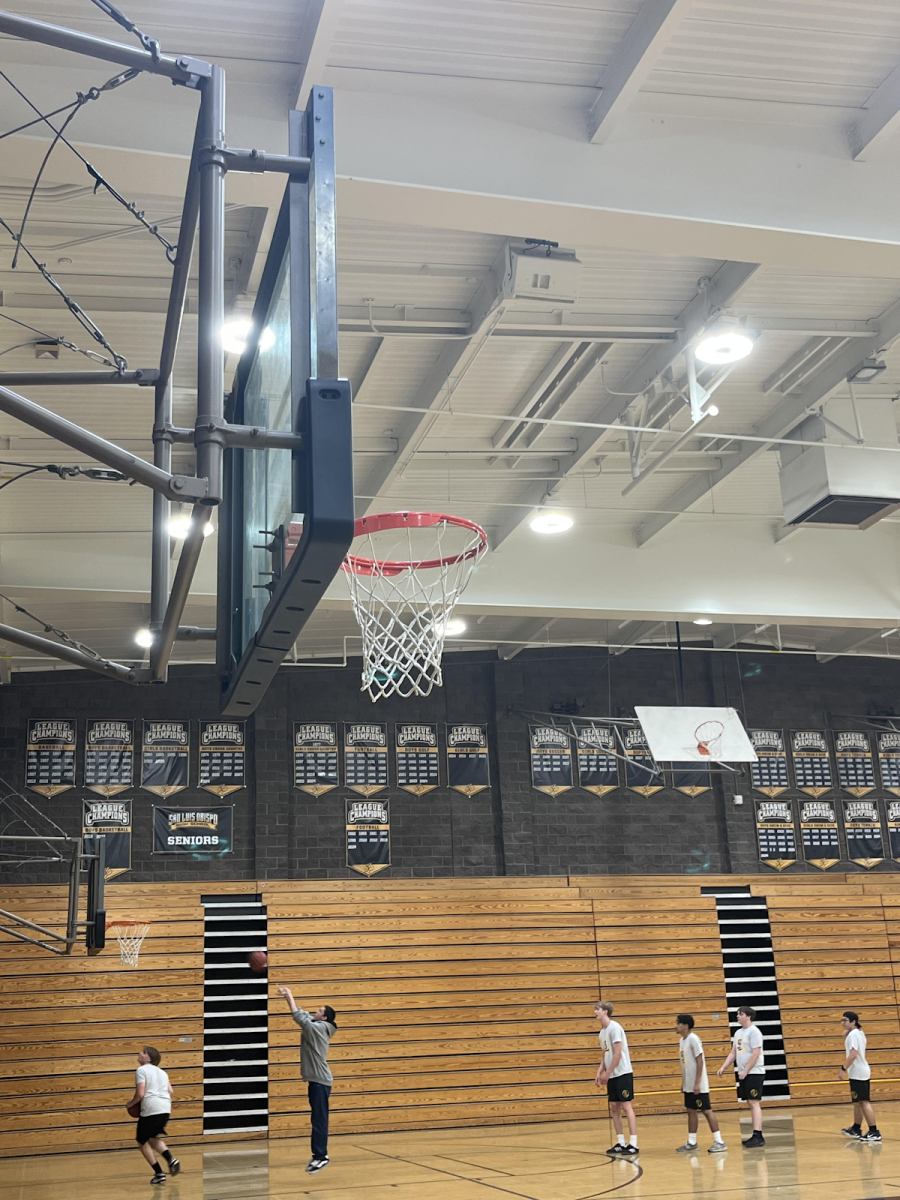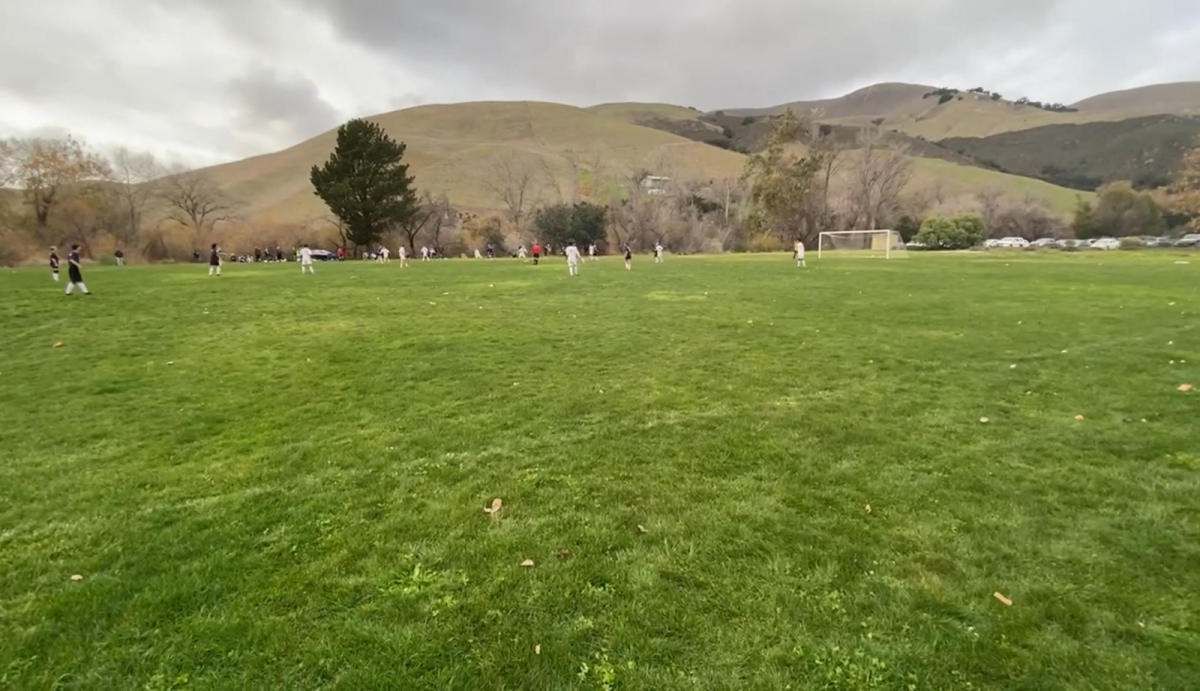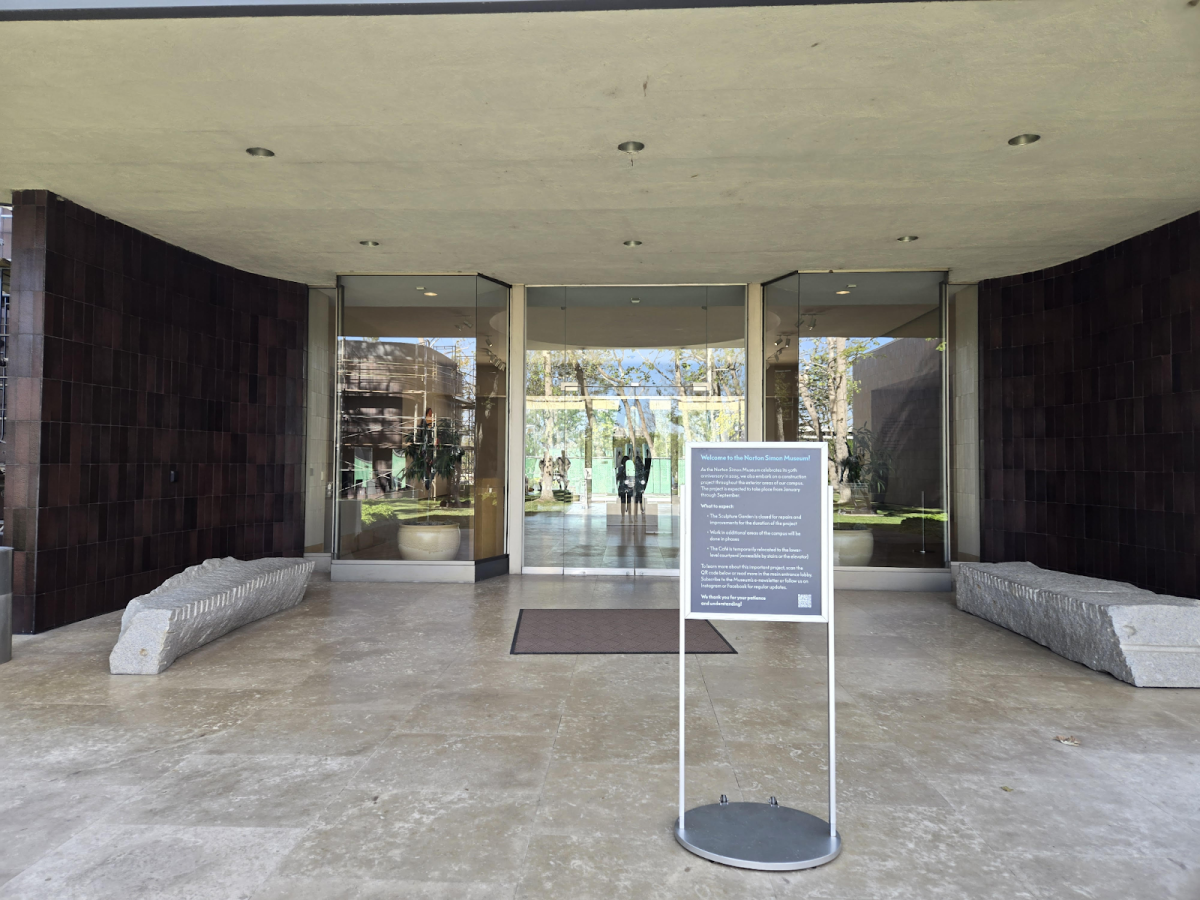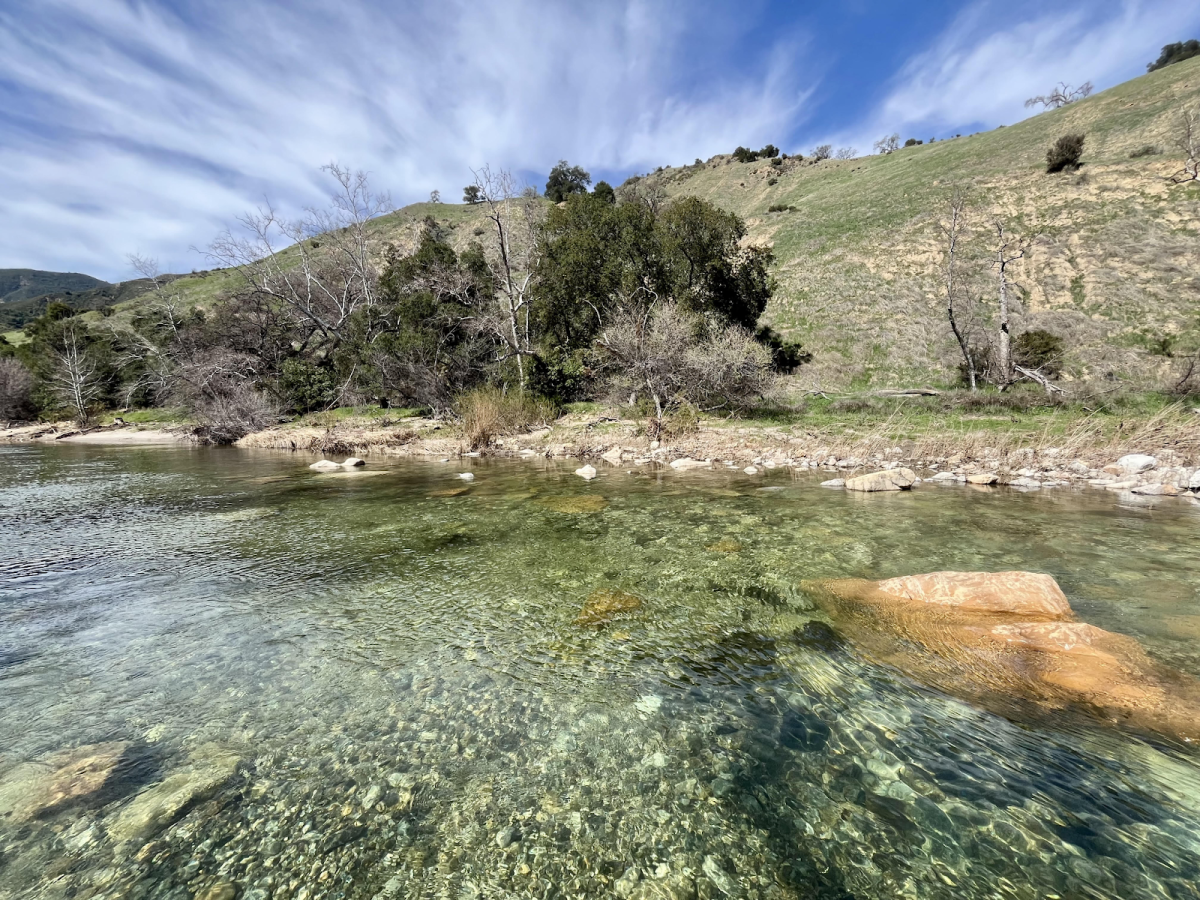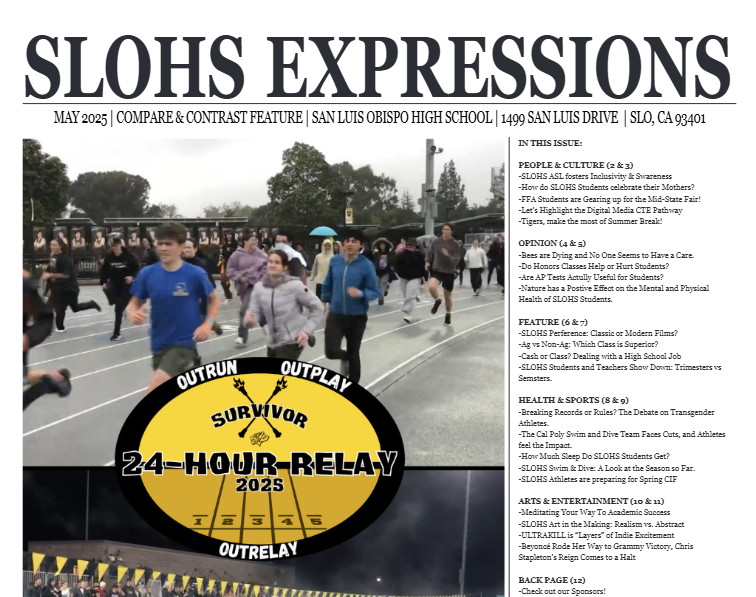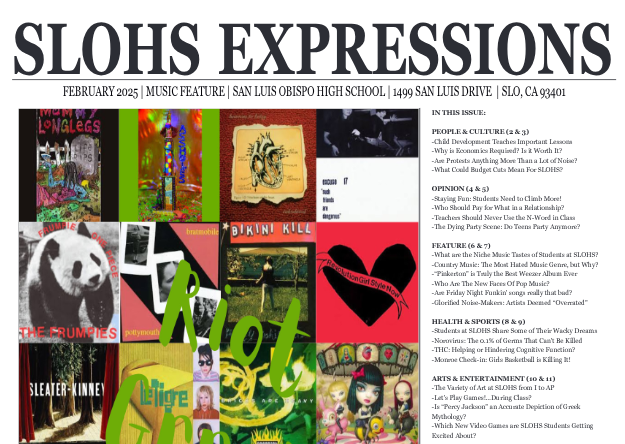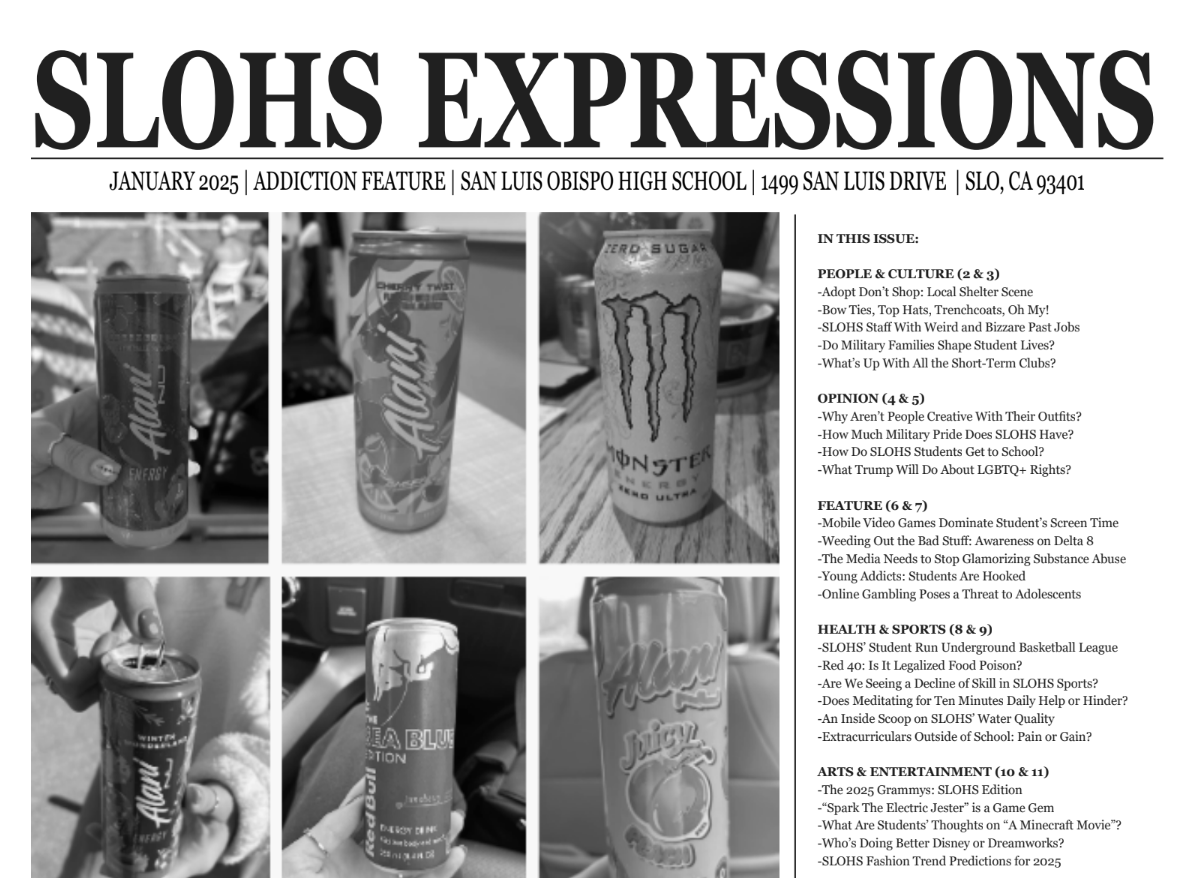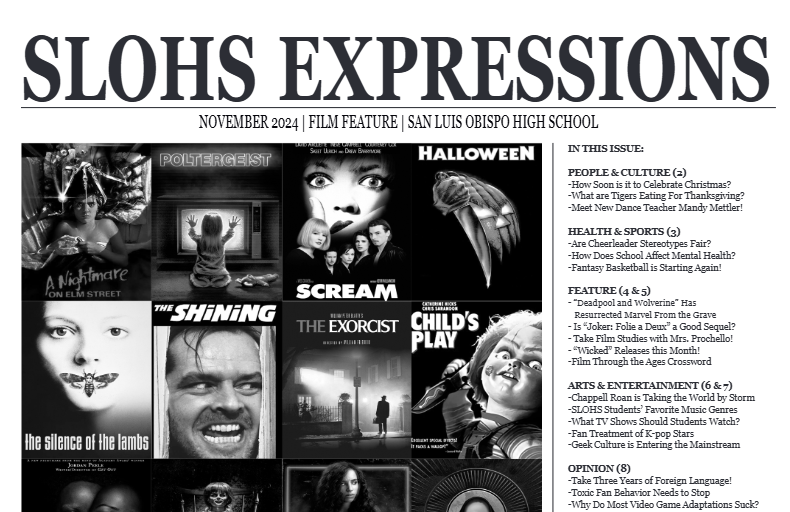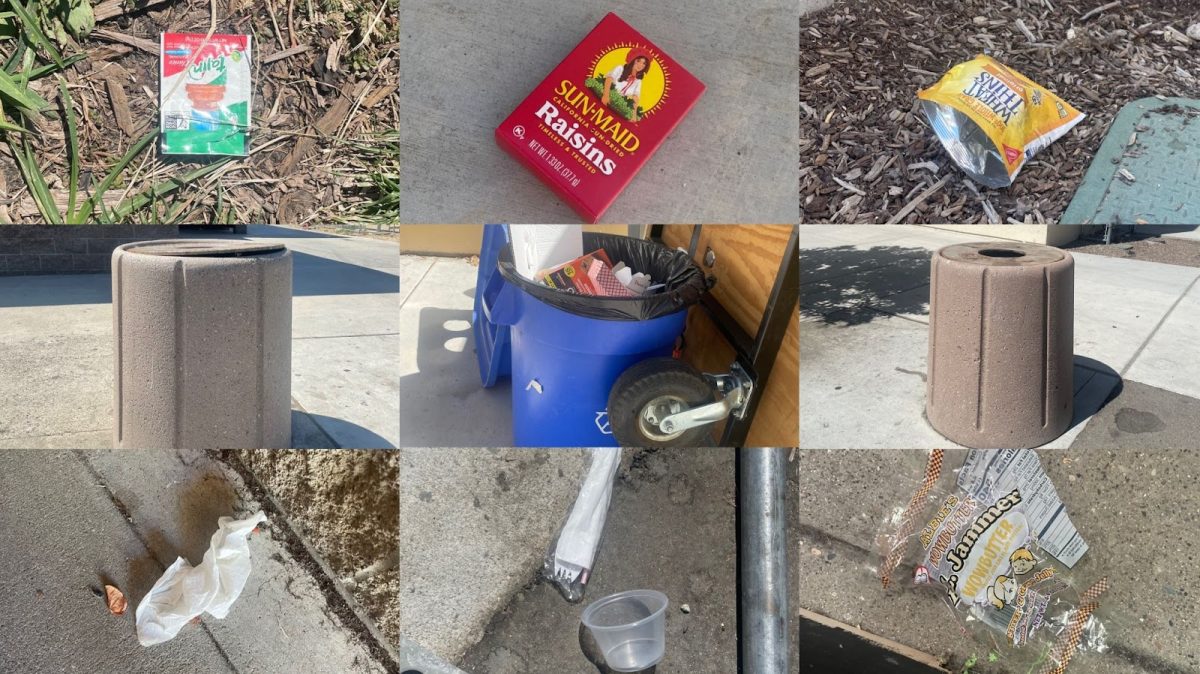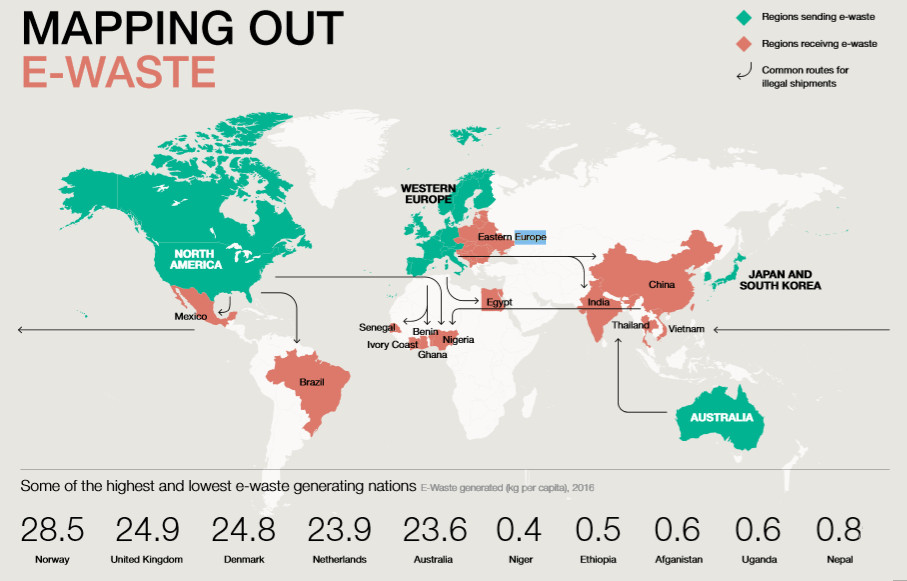Trash is littered throughout campus after lunch. Photo courtesy of senior Jane Culbreath.
San Luis Obispo High School has a trash problem. When lunch ends, food waste and single-use packaging fills up trash cans faster than seniors running to their cars at the end of the day. Half eaten slices of pizza, untouched fruit, and hundreds of individually wrapped sporks go to the dump every day.
SLOHS needs to remember: reduce, reuse, and recycle, in that order.
The sheer amount of packaging that is thrown away at lunch is astonishing. Things like plastic-wrapped utensils, chip bags, and even individually wrapped PB & J sandwiches are evidence of the need for convenience in our society, even at the cost of our environment.
“We need to try to eliminate as much single-use plastic as possible, especially with things like lunch utensils. I think everything being individually wrapped is super excessive and wasteful,” said senior and Environmental Club president May Ritter.
The first step to addressing the waste issue is to reduce the amount of waste we are creating. This means using less individually wrapped products in school lunches and packed lunches. By educating students on the importance of reducing waste, the school can make a difference. Furthermore, reusable alternatives can replace single use plastic. Ziplocks can be used multiple times for dry snacks like chips, and lunchboxes are a sustainable alternative to paper sacks.
Next, recycling needs to be more accessible on campus.
“Having recycling outside on campus would allow students to properly dispose of any recyclable materials, rather than mixing it with other trash,” said senior Milla Rucks.
SLOHS has small recycling bins in classrooms, but almost only trash cans outside in common lunch areas. By adding more recycling bins, students will be more likely to recycle on their way to class. However, it is also important to educate students on what can and cannot be recycled in order to have effective recycling.
“I barely know what I can and can’t recycle because it always changes and the information is hard to find. We can memorize the quadratic formula, but we don’t know whether our lunch can go in the trash or recycling. It needs to be mandatory to learn. Adding more infrastructure is great, but if people don’t know how to use it, then what’s the point?” said Ritter.
Along with more recycling education and accessibility, environmental awareness can be increased in other ways.
“Due to construction, the campus has not been looking its best for the past few years. Maybe holding an event where students and staff can plant trees or biodiverse plants would be an environmentally friendly and scenic addition to our school,” said Rucks.
The Environmental Club has also been making an impact by doing lunch trash pickups.
“With doing trash pickups every other week, we significantly impacted the amount of trash that’s on campus. Especially in crevices and all kinds of places where trash falls, not just around trash cans,” said Ritter.
Trash doesn’t have to be an overwhelming issue on campus. By taking these small steps, we can dramatically reduce the amount of waste we create and make our school and the earth a greener place.


